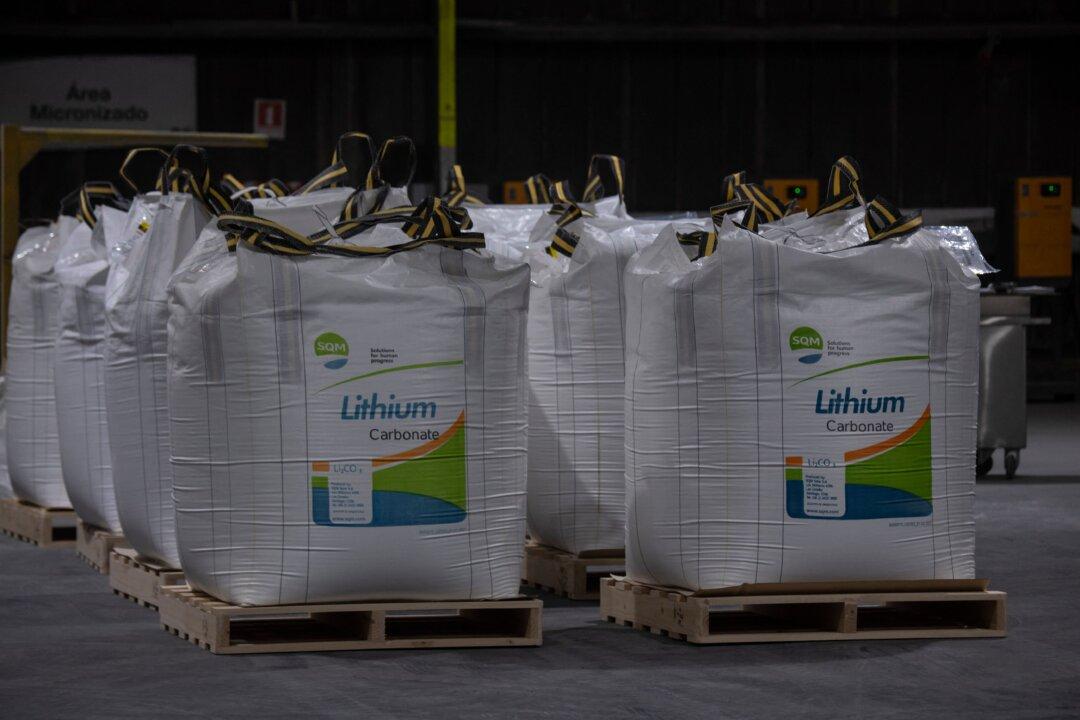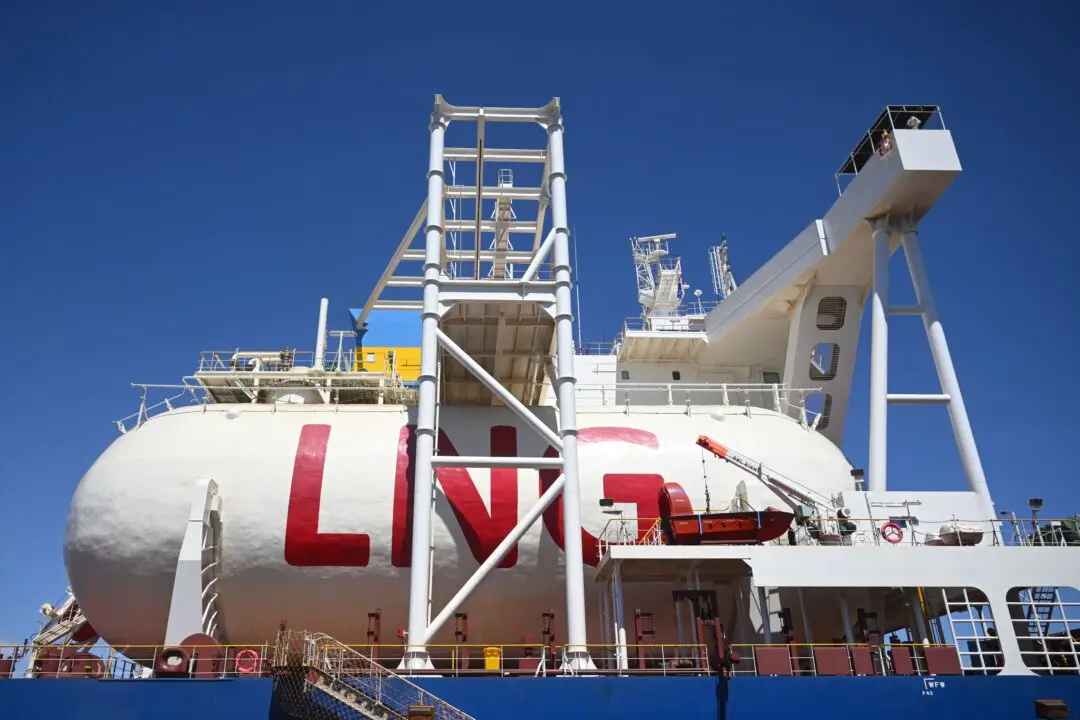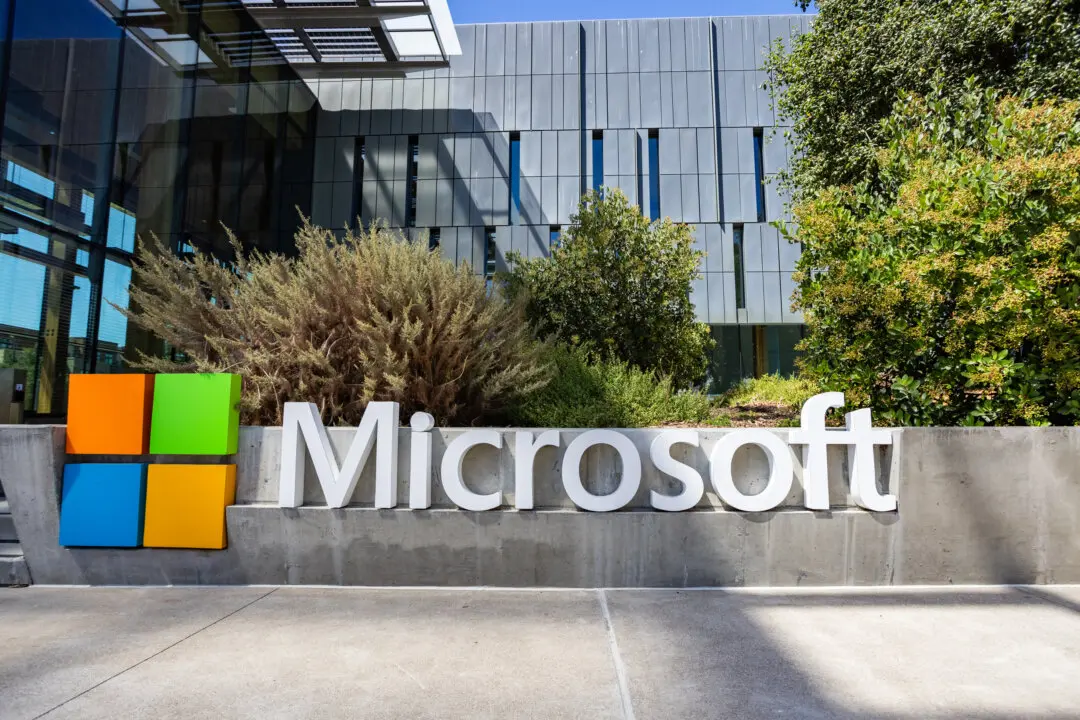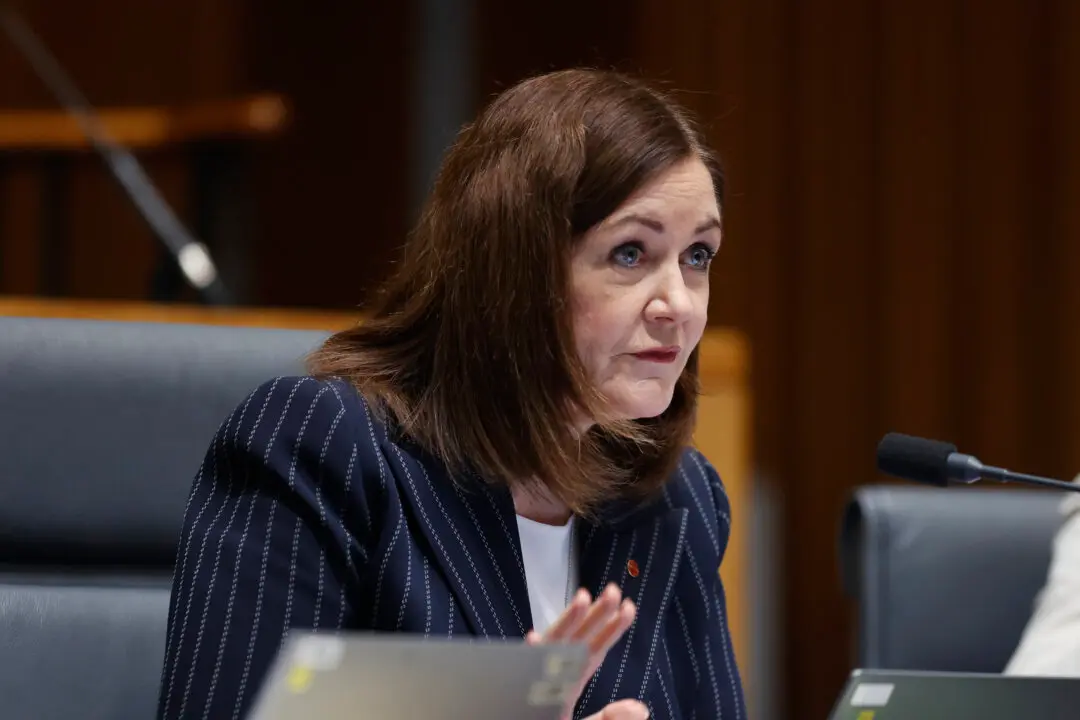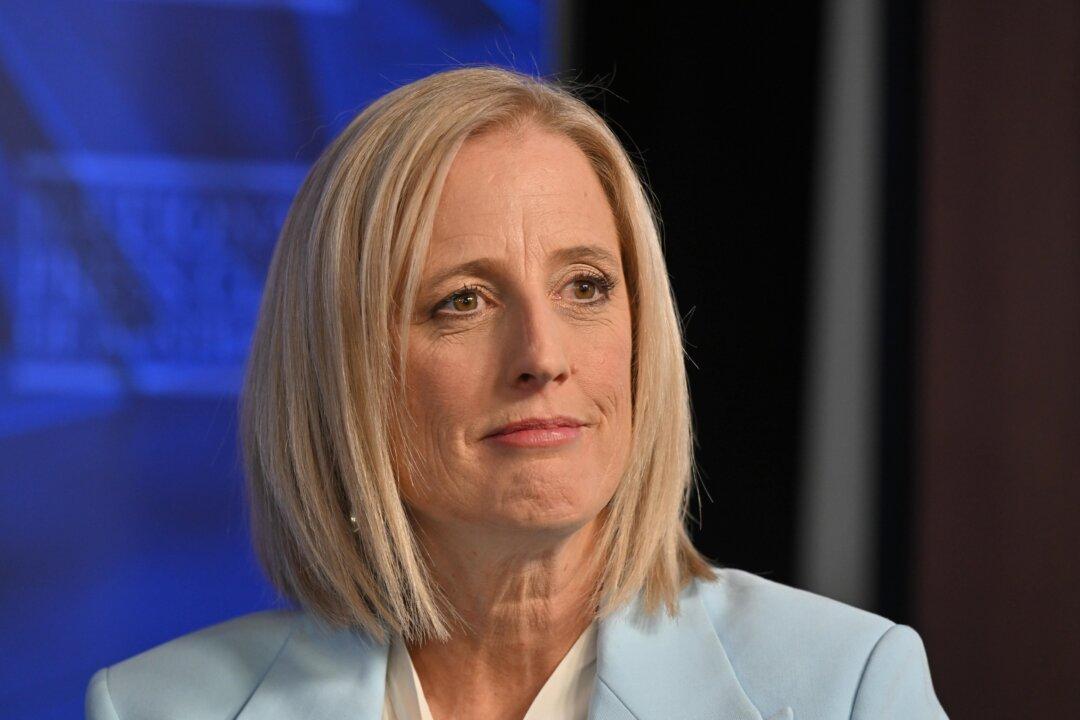A new global lithium giant will emerge from the $15.7 billion (US$10.6 billion) merger between one of Australia’s largest lithium producers and a U.S.-based company.
On May 11, Brisbane-headquartered Allkem and New York Stock Exchange-listed Livent announced that the two companies would enter into a merger of equals. The result of which will be an entity that ranks third in the world’s lithium supply chain, after North Carolina-based Albemarle and Chilean chemical company SQM.
